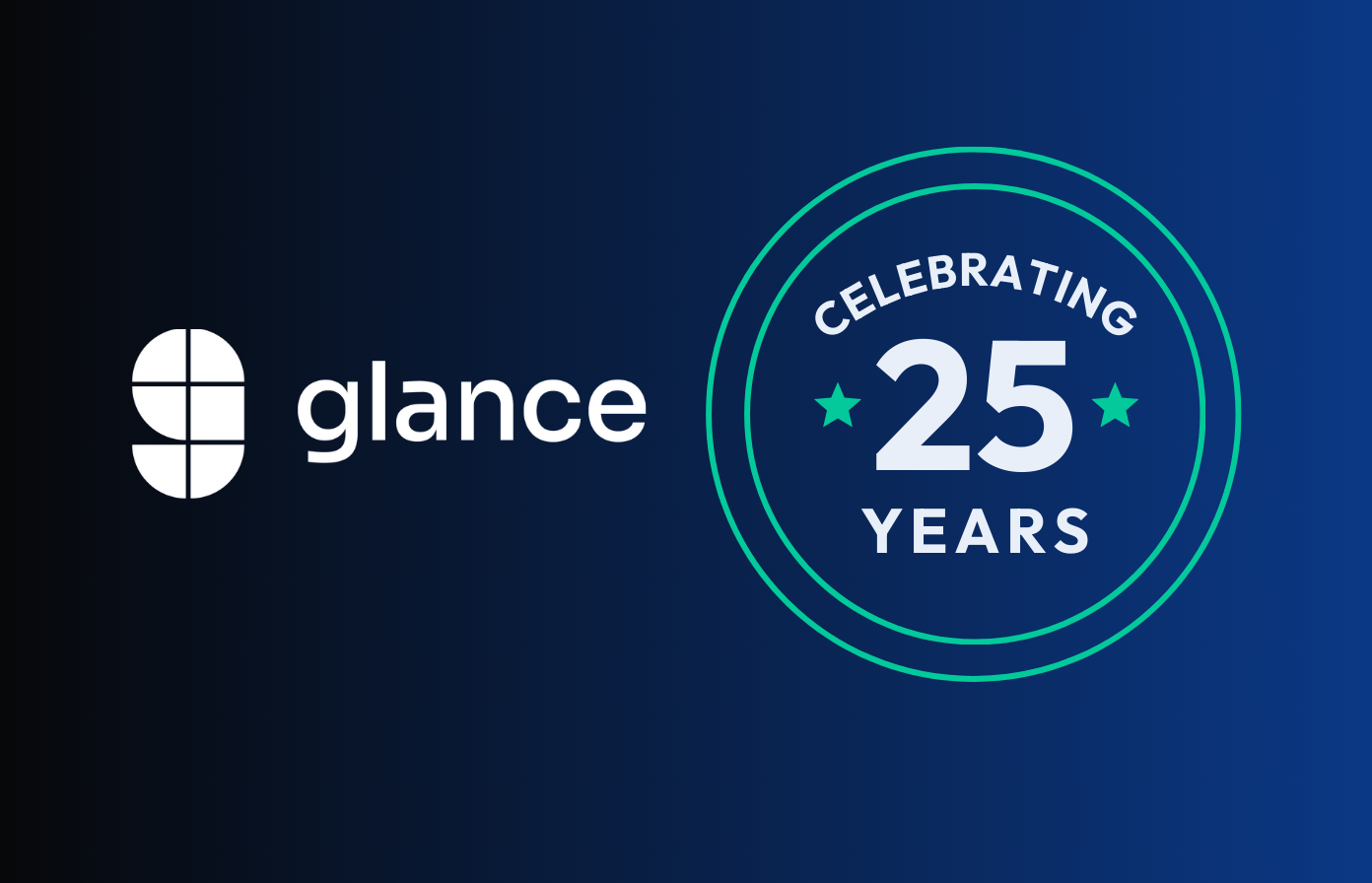Digital transformation has been on the rise for quite some time. Enterprises have been transitioning their strategies from optimizing the in-person experience to growing their online channels. As the pandemic has sped up the need for digital innovation, sectors such as the financial industry have had some hurdles to overcome in providing a customer experience that exceeds expectations. Adherence to accessibility standards is one of those hurdles.
Specifically, financial institutions fall under Title III of the Americans with Disabilities Act. The law prohibits discrimination against people with disabilities and ensures businesses will provide a means to use their services. In 2019, over 11 thousand ADA Title III lawsuits were filed in federal court and about one-fifth of them were violations due to inaccessible websites and mobile apps.
The nightmare of an ADA lawsuit goes beyond a hefty fine. It’s also a PR headache for your communications team and can cause havoc on your internal teams and infrastructure. If you’re looking to elevate your web accessibility and avoid risk with your digital transformation projects, here are some topics to consider:
Design Matters
Great design is all about the customer journey. Great designers know the key to adoption is removing as much friction as possible. The journey for people with disabilities involves the use of assistive technology such as screen readers, screen magnifiers, or alternatives for a computer mouse. These tools will only work if the UI is set up with their journey in mind.
To help create an environment that is accessible to those with disabilities, the World Wide Web Consortium created Web Content Accessibility Guidelines (WCAG). These guidelines provide people with disabilities the opportunity to navigate and understand a website or app. As WCAG changes to keep pace with today’s technology, we at Glance always strive for WCAG 2.1 AA compliance. Complying with these guidelines helps your brand expand and mitigates the danger of a “drive-by” lawsuit.
Your Software vendors
Even out of the box, enterprise software is highly customizable. Keep in mind, ensuring site accessibility is a responsibility that falls on the site owner and not the vendor. If your site or app is providing a frustrating experience, you risk losing a customer. In fact, more than 80% of people with disabilities have chosen to switch to an online service provider because of barriers. Poor web accessibility was a top reason cited.
So what should you look out for so you don’t lose customers? One way to ensure your vendors are compliant is that they have a VPAT (Voluntary Product Accessibility Template) issued by a respected third-party industry leader when selecting vendors. Glance uses TPGi to issue our VPATs. The vendors you work with should be committed to building the same trust and loyalty with your customers as you are.
The human impact
According to the CDC, 61 million American adults are living with some type of disability. That’s about over 25% of the US population. The need to create an inclusive online environment for your customers and employees with disabilities is imperative.
In the age of digital, there are many online modes to provide “anywhere, anytime” service to customers. Think about when you go to a banking site. You have options such as a knowledge center, chat and chatbots, cobrowse, and request a call just to name a few. These omnichannel experiences are a part of offering an exceptional customer experience. However, if these features don’t work with a screen reader or have form fills that only work with a mouse, you’re creating a barrier for people with disabilities.
Along with upholding design standards that are WCAG compliant, another way to build trust in your brand is to provide a page dedicated to your web accessibility standards. USAA and Chase are two examples of companies that stand out.
When you create an inclusive online experience for your customers, you benefit by having:
- Low risk of lawsuits from non-compliance
- Loyal customers who trust your brand
- An expanded audience
And that was just to name a few of the many advantages of being compliant in your digital transformation projects!
Online and mobile interactions are becoming “the new normal.” As the world moves to a digital mindset, being ADA compliant will help you avoid risks and gain market share.



.png)